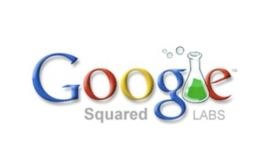Hi Friendz! Yesterday, myself and my friends went to beach which is located 14 kms away from my area. This weekend we had more plans for enjoyment but we ended up in beach…
 After arriving to the beach, two of my friends stared jogging. But I had another idea. I took up the phone and started to take some beautiful pictures of the beach. It was quite interesting. I had great fun while taking the photo stuffs. Then we all had a chance to watch the trick used by fishermen in trapping the fishes.
After arriving to the beach, two of my friends stared jogging. But I had another idea. I took up the phone and started to take some beautiful pictures of the beach. It was quite interesting. I had great fun while taking the photo stuffs. Then we all had a chance to watch the trick used by fishermen in trapping the fishes.
Wow!! It was very interesting… and nice trick.


 Google unveiled search tools for its Google search platform which includes Google Search Options and Google Squared. And also quirky planetarium-type application for Google Android phones called SkyMap.
Google unveiled search tools for its Google search platform which includes Google Search Options and Google Squared. And also quirky planetarium-type application for Google Android phones called SkyMap.